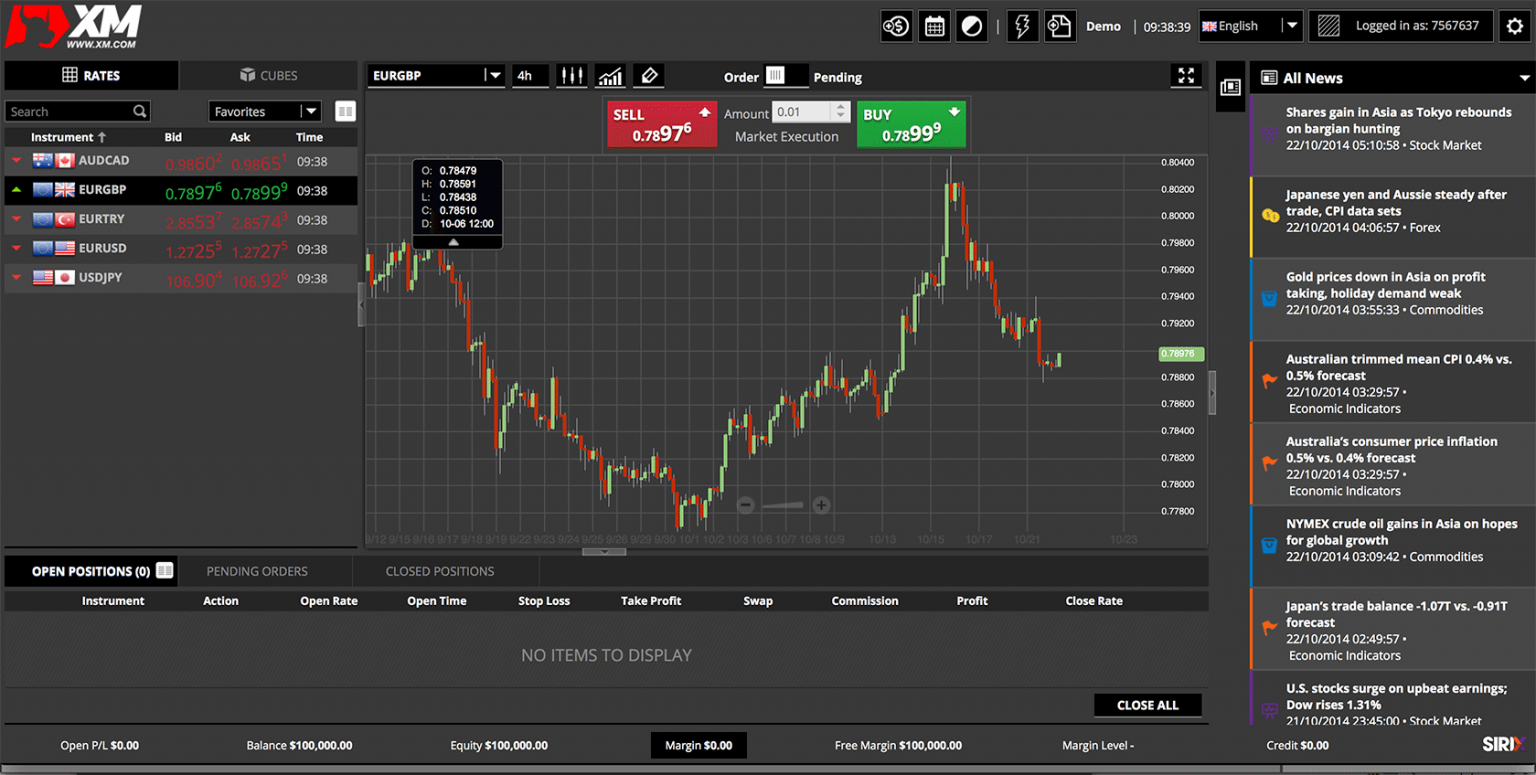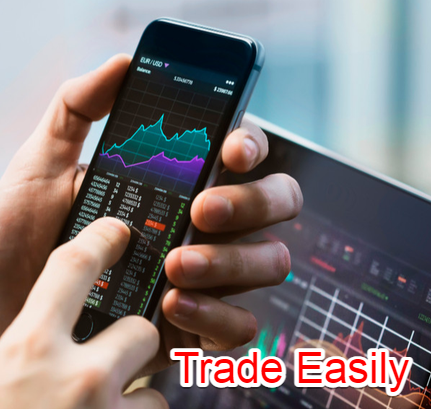An In-depth Guide to Contract for Differences
In the fast-paced world of financial trading, CFDs (Contracts for Differences) have gained prominence as a versatile and widely accessible trading instrument. Understanding what CFDs are and how they work is crucial for aspiring traders seeking to harness their potential in the forex market. This comprehensive guide delves into the realm of CFDs, exploring their history, key concepts, real-world applications, and current trends.

Image: www.graduatemonkey.com
Unveiling the Essence of CFDs
Simply put, a CFD is an agreement between two parties to exchange the difference in the value of an underlying asset over a specified period. The underlying asset can be a currency pair (in the case of forex CFDs), a stock, a commodity, or even an index. The contract does not involve the physical transfer of the asset itself; rather, it focuses on the price fluctuations. This allows traders to speculate on the future value of an asset without owning it outright.
CFD trading offers numerous advantages. First, it provides traders with the flexibility to trade both rising and falling markets through short selling or going long. Second, it eliminates the need for hefty initial capital, as traders only need to deposit a margin (a percentage of the contract value) to gain exposure to potentially significant market movements. Third, CFDs allow for seamless execution of trades, with instant market access and highly competitive spreads, typically through online broker platforms.
Historical Roots of CFDs
The concept of CFDs can be traced back to the late 1980s in London’s financial district. They initially gained popularity as a way for traders to hedge against risk and gain exposure to international markets without incurring costs associated with physical asset ownership. Over time, CFDs evolved into a prominent trading instrument, particularly among retail traders, due to their inherent flexibility and ease of use.
Delving into Key CFD Concepts
-
Leverage: CFDs utilize leverage, which allows traders to control larger positions than their account balance. However, it’s important to note that leverage can amplify both profits and losses, making risk management paramount.
-
Spreads: When trading CFDs, traders incur a spread, which is the difference between the bid and ask prices. It represents the broker’s commission and is a primary consideration in determining trading profitability.
-
Margin: As mentioned earlier, CFD trading requires a margin, which acts as a security deposit held by the broker to cover potential losses. Margin levels vary depending on the broker and the underlying asset being traded.

Image: www.phillipcfd.com
Harnessing CFDs in the Forex Market
Forex CFDs have become a popular means of currency trading, offering numerous advantages over traditional spot forex trading. Forex CFDs provide the benefit of standardized contract sizes, increasing accessibility for traders of all experience levels. They also allow for greater flexibility, enabling traders to trade micro lots, mini lots, or standard lots to cater to their individual capital and risk tolerance. Furthermore, forex CFDs facilitate seamless hedging strategies, позволяющие трейдерам компенсировать риски по своим валютным позициям.
Current Trends in CFD Trading
-
Mobile Trading: The proliferation of smartphones and tablets has led to a surge in mobile CFD trading, offering traders the convenience of executing trades from anywhere.
-
Social Trading: The advent of social trading platforms has empowered traders to interact with others, share strategies, and even copy successful traders’ trades.
-
Algorithmic Trading: Automated trading strategies powered by algorithms have gained traction within the CFD space, allowing traders to execute sophisticated trading strategies without constant manual intervention.
What Is Cfd In Forex
Conclusion
CFDs have revolutionized the world of financial trading, offering a versatile and accessible way to speculate on







